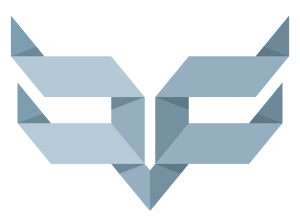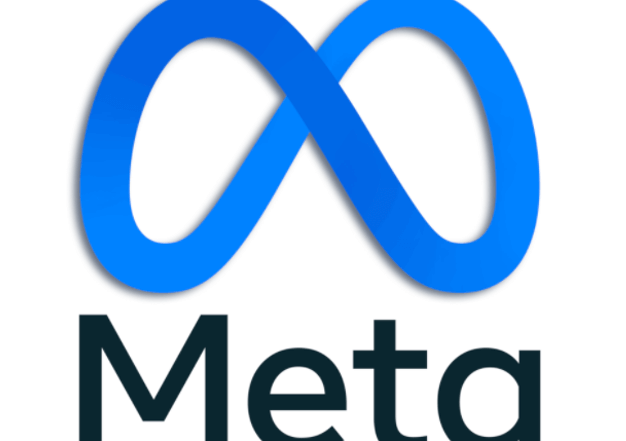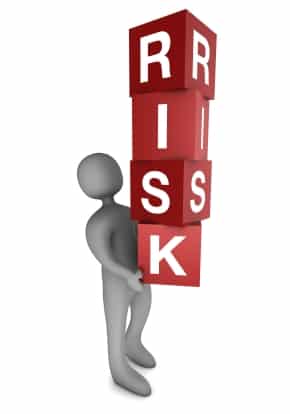
Drone Media Imaging and Solid Waste Landfill Sites

The potential of drones as a tool in the solid waste industry is still being realised but one of the most common uses is to conduct aerial surveys featuring both still images and videography. The ability of an unmanned aerial vehicle (UAV) to access areas that would be difficult or impossible for foot traffic offers a massive advantage at a fraction of the cost of a traditional piloted aerial survey.
It is anticipated that the deployment of drones for survey purposes will only increase and the addition of thermal imaging cameras adds to the use of the survey images by pinpointing risk areas for sub-surface fires at the earliest possible opportunity.
The capture of real time imagery of a waste disposal site can provide an invaluable tool in assessing stability, monitoring erosion, standing water and hot spots. Drone mapping can provide landfill managers with a fast and comprehensive overview of their sites to improve both design, safety and efficiency.
This fast and accurate acquisition of airborne survey data can assist with
- growth tracking
- calculating remaining life expectancy
- compaction
- erosion
- tracking of greenhouse gas emissions
This is all at a tiny fraction of the cost f the more traditional annual piloted aerial surveys, offering both financial savings and the opportunity to increase survey frequency for improved site management.
The Importance of Solar Panel Inspections in Spring
Spring and summer are peak months for solar energy production—ensure your panels are operating efficiently with a professional thermal imaging inspection. Compliance with IEC62446-3:2017 is essential for both commercial and domestic systems, helping to prevent faults, optimise performance, and maintain insurance coverage. Book your inspection today!
Facebook, Instagram and Threads Removal
Departing Facebook, Twitter, and Instagram to Uphold Ethical Principles In an era increasingly shaped by the influence of powerful social media platforms, Drone Media Imaging has made the principled decision to leave Facebook, [...]
In Thermography what is the difference between Quantitative vs Qualitative analysis
Quantitative and qualitative thermography are two essential methods in thermal imaging analysis. Quantitative thermography measures exact temperature values, while qualitative thermography focuses on pattern recognition. Both play a crucial role in building inspections, electrical fault detection, and industrial diagnostics. Understanding their differences helps professionals choose the right approach for accurate thermal assessments. Drone Media Imaging provides expert thermographic services, ensuring precise, reliable results. Contact us today for professional thermal imaging analysis.
Expert Infrared Inspections for Accurate Thermal Assessments
Need professional thermographic analysis for your project? Our certified experts use the latest infrared technology to deliver precise results. Contact Drone Media Imaging today for expert thermal imaging services.











